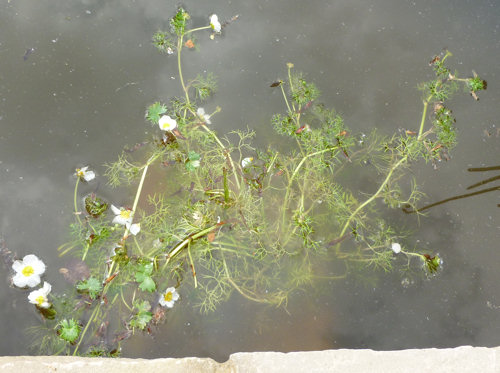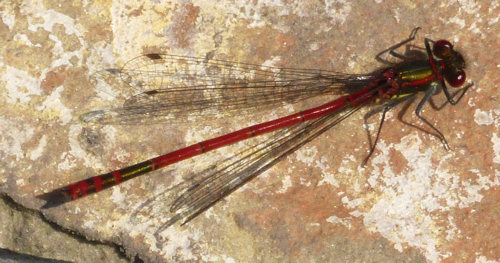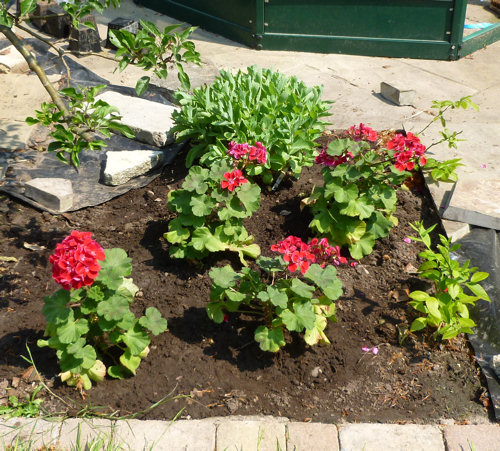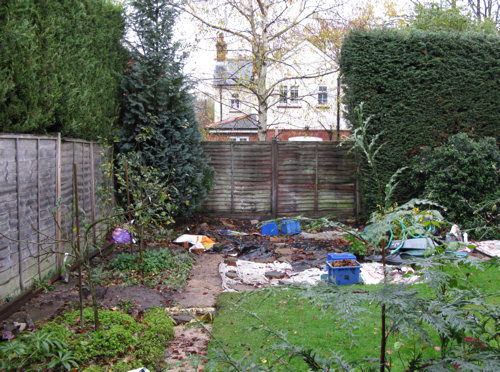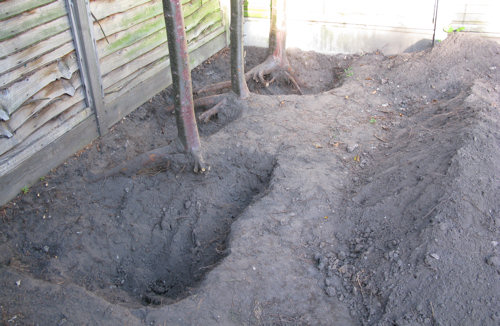Oxygen and colour
Today may be our last day of hot, dry weather. I went out and finished off the job of repotting the oxygenators and marginals. As far as vigour goes, the winners are the Ranunculus aquitilis (Water crowfoot) and Veronica Beccabunga (Brooklime).
The Ranunculus was growing so well that I felt it was worth taking it off the marginal shelf and putting it down on the bottom of the pond, but not in the very deepest part in the middle.
The Veronica beccabunga was also doing very well, sending out lots of shoots and hundreds of hopeful roots. According to its instruction card, it doesn’t want to be drowned, so I left it on the marginal shelf, where it looked happy enough.
The Callitriche (Starwort) and the Hottonia Palustris (Water violet) have been the most restrained. The Myriophyllum crispatum (Upright water milfoil) is making steady progress.
While I was in the mood for playing with the pond, I cleared out some of the leaves in both the ponds with a sieve. I caught three newts in the shallow pond and tipped them into the raised pond. I wonder if they will stay there. A pond skater has turned up, and also I saw a damselfly alight briefly on a stone near the greenhouse.
I made some progress on the pot reduction programme. I planted four pelargoniums and a sedum. This not only decreases the number of pots by five but adds some much-needed colour to the garden (see yesterday’s entry). I planted them between the blueberries and the Discovery apple tree.
I also got rid of another pot because it seemed to have in it only a small hellebore seedling. So I planted the hellebore seedling in the marjoram patch, which has plenty of other hellebore seedlings in it. Unfortunately I may be involuntarily getting rid of two more pots. Just when I was congratulating myself on the fact that nothing, nothing at all, had died this winter, I discovered that the two phormiums weren’t well. I think they may have rotted during the wet spring. I should have raised the pots off the patio with a couple of tiles to make sure they drained. Or put them in the greenhouse to give them a rest from the rain.
Number of pots = 65.
